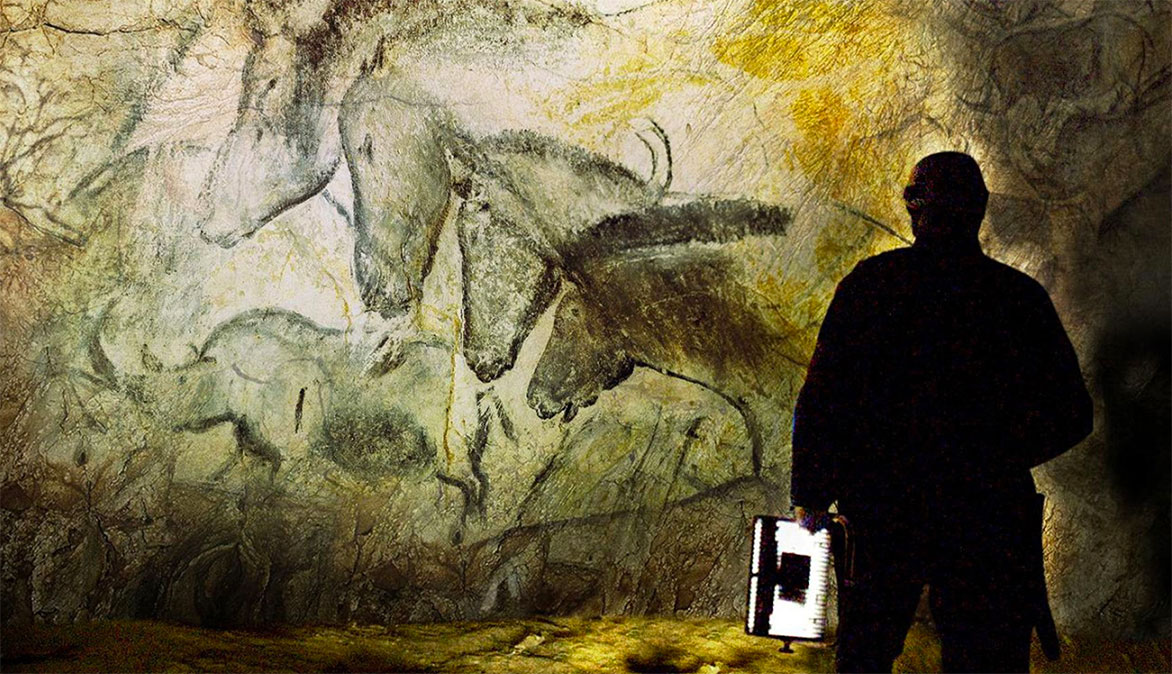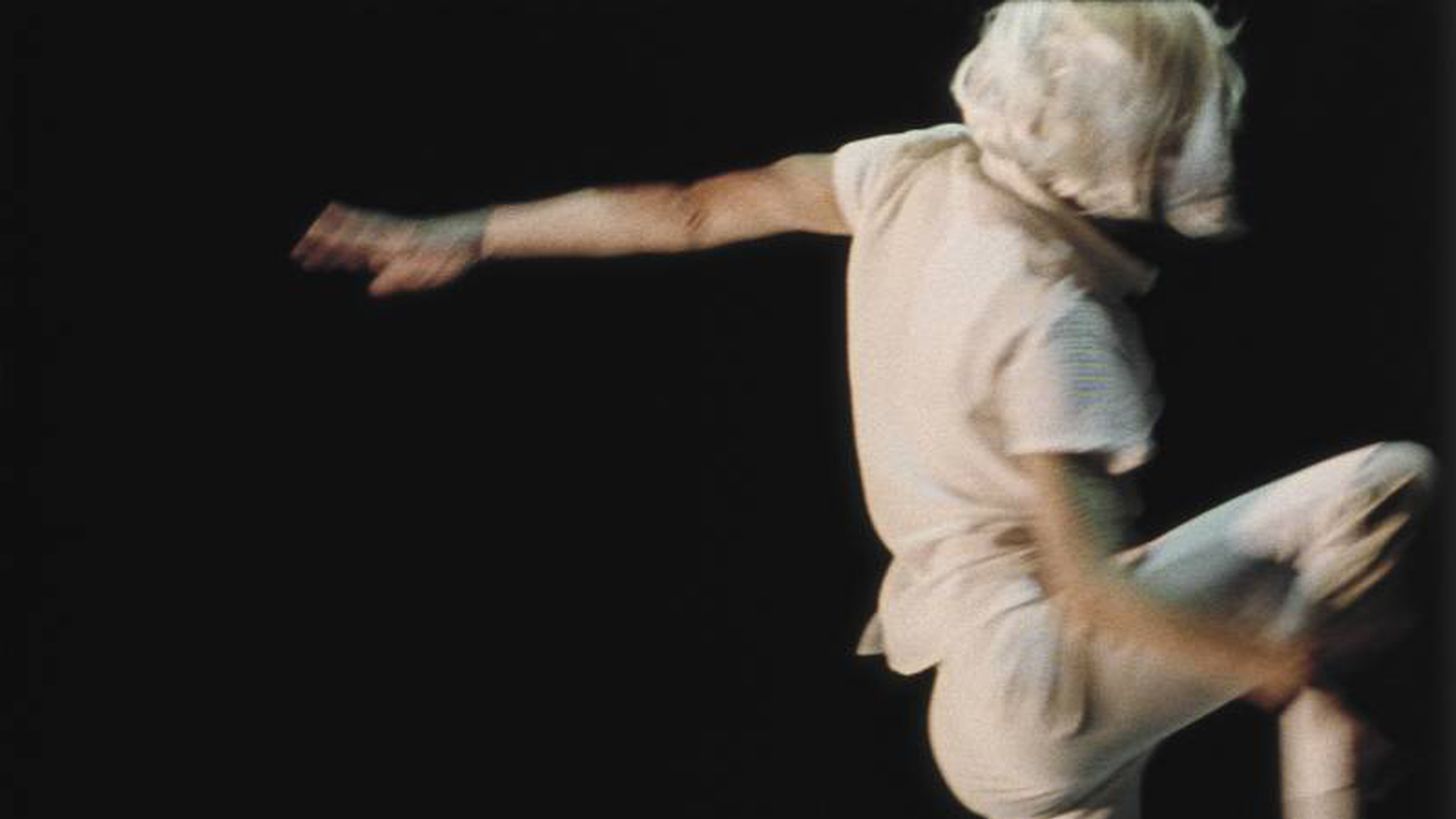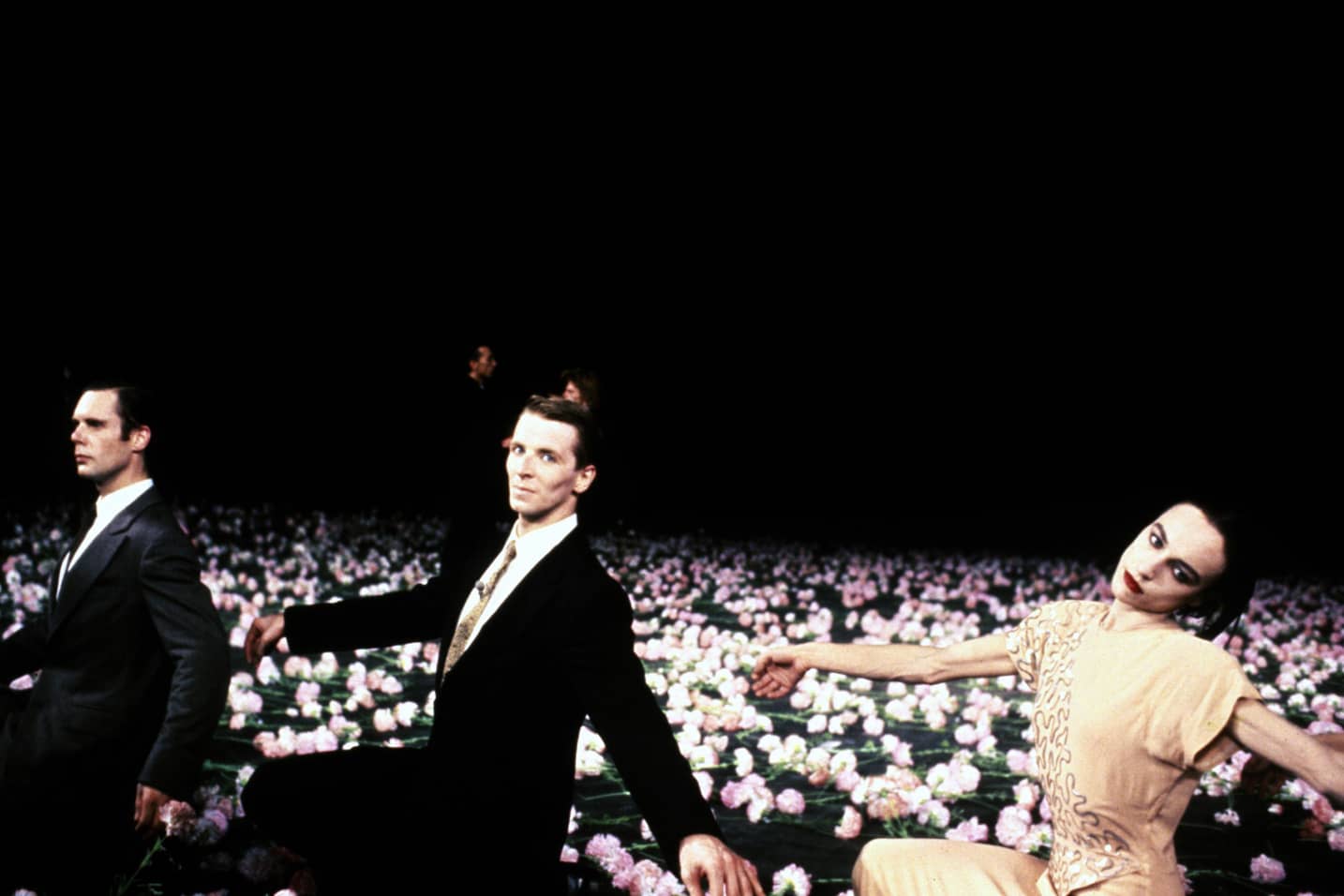
Cave of Forgotten Dreams
March 23 · Regal Riviera · 10:00 A.M.
Werner Herzog, 2010, 95 minutes
“To call Cave of Forgotten Dreams a great movie isn’t just an understatement, it’s a wildly inaccurate way to describe an experience that, in its immersive sensory pleasures and climactic journey of discovery, more closely resembles an ecstatic trance.” — Ann Hornaday, The Washington Post
Like Jackass 3D, Cave of Forgotten Dreams was released in 2010, when countless film financiers were searching for projects that might capitalize on the post-Avatar 3D craze. Gonzo auteur Werner Herzog happened upon a perfect subject when he was granted rare access to Chauvet Cave in France, home to the most ancient visual art known to have been created by man. Rather than employing 3D for gotcha surprises or rollercoaster thrills, Herzog instead gives viewers an otherwise impossible experience, guiding us down into the cave and allowing us to stand, awestruck, before the pristine, 30,000 year-old images.
“The first time we entered the cave we had to shoot right away,” writes director of photography Peter Zeitlinger. “There was no scouting. Werner Herzog was the only one from the crew who had seen the cave a few months prior.” The crew had decided only a few weeks earlier to shoot in 3D, so they quickly assembled a collection of SI 2K cameras, GoPros, and Canon point-and-shoot amateur cameras, which in some cases they taped together. Nevertheless, the results are staggering.
“Described by Janet Maslin, the New York Times critic, as the ‘consummate poet of doom,’ Werner Herzog is one of cinema’s most crusading directors. Along with Wim Wenders and the late Rainer Werner Fassbinder, he led German filmmaking out of the post-war doldrums and into a period of rebirth. This has been mirrored by a personal quest for a ‘cinema of illiterates’ that has led him to explore subjects such as collective insanity (in Heart Of Glass) and the rise of Nazism (in Invincible) and taken him to the depths of the Peruvian jungle (for films such as Aguirre, The Wrath Of God and Fitzcarraldo) and the Sahara desert (for Fata Morgana).” — John O’Mahoney, The Guardian



